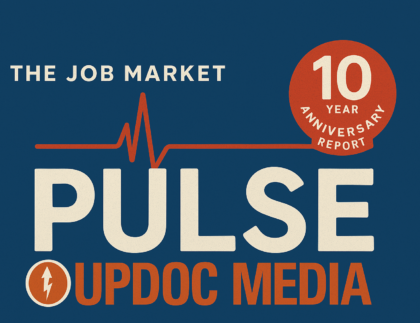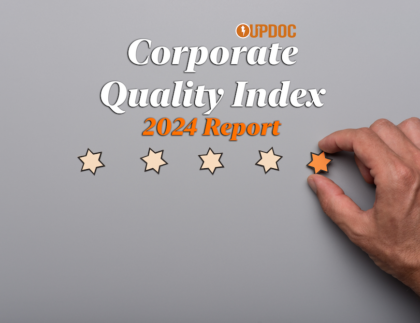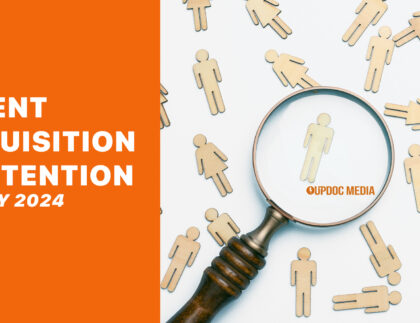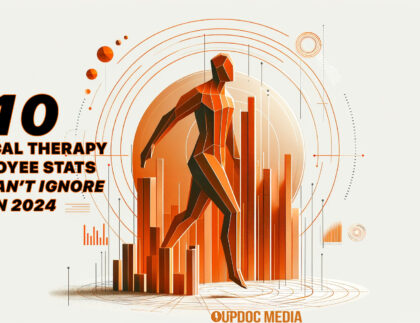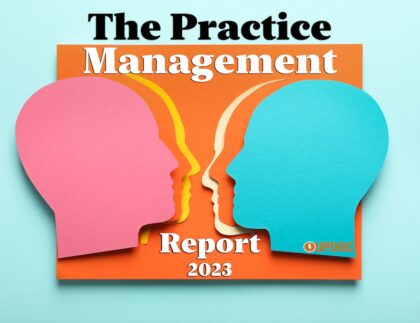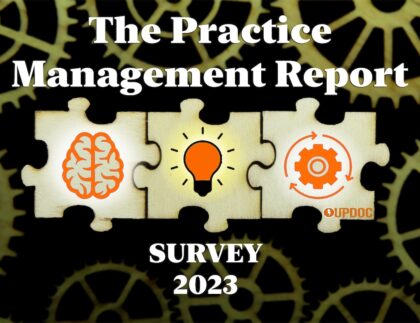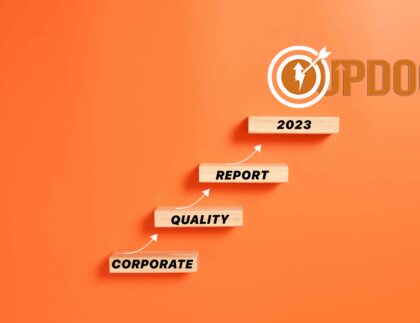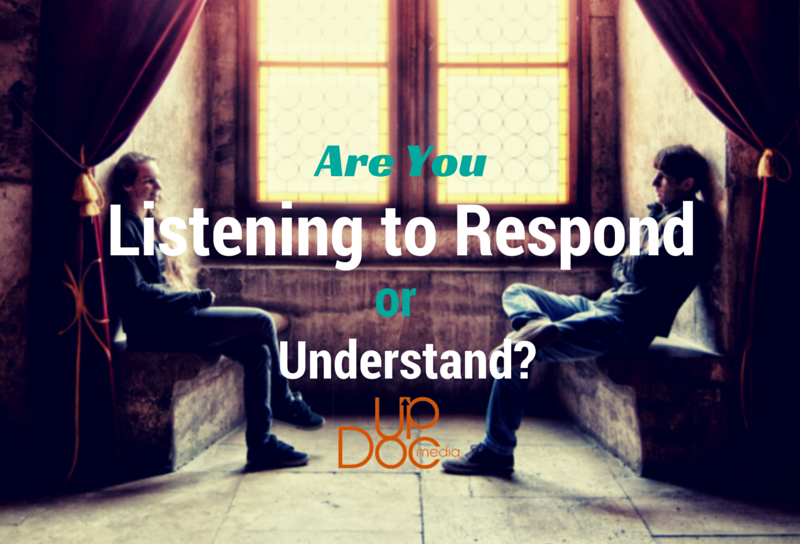
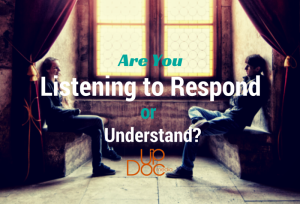
The following is a guest post from Maggie Bergeron. She describes a situation most of us have been in and how she wants to do better. Take it away Maggie:
Recently, I was sent for allergy tests by my family doctor. I showed up for the appointment and in the waiting room there were a bunch of newspaper clippings on the wall about certain treatments for allergies. The articles that caught my eye were the ones about the use of technology and how dangerous it can be to self-diagnose. I immediately felt that I could no longer ask this doctor some of the questions I had because I had already given myself a good dose of Dr. Google’s diagnosis.
When it was my turn to see the doctor, she shook my hand and sat behind her large desk above which there were loads of framed credentials. She asked me a few questions, but would quickly interrupt me as I answered. After a few minutes of this awkward, choppy “conversation,” she launched into a 20 minute lecture about why allergy tests were not appropriate and how technology is impeding her practice. I sat through this lecture feeling embarrassed that I was even there, unsure about how I was going to help myself deal with my allergies and eventually angry that I was wasting my time. At the end of the lecture, she told me that if I ever have any questions, I should come back and speak with her. I thanked her and left feeling totally bewildered and confused.
“Constantly talking isn’t necessarily communicating.”
Charlie Kaufman
How did this experience make me feel? Did I feel supported, cared about, and heard? Did I trust what she was telling me? All of the information provided by this doctor could have been completely true – she did cite a lot of evidence and recent research that supported her arguments. Maybe allergy tests were not what I needed. But, is this the message that was received? No.
This experience made me reflect on my practice as a physiotherapist and the way that I interact with my patients. What messages are my patients receiving? Do they feel cared for, supported, and heard? How can I convey the message that I want them to receive?
I am privileged to have a job that I love where I get to interact with people and help them by listening to their story and trying to understand their situation. Throughout the past few years I have become fascinated by the way that we communicate with our patients and the way that we support them in their recovery.
“Technology is a great servant but a poor master”
Gretchen Rubin
To this, I designed and built healthSwapp with my patients in mind; wanting to provide my patients with an unforgettable physiotherapy experience and never again hear a patient say “Oh, I’ve had physiotherapy before and it didn’t work”. I also designed and built healthSwapp with my profession in mind. I want to help practitioners adopt technology in a meaningful and useful way in their practice that not only benefits their patients but themselves. Becoming better as practitioners is something that we all strive for and creating a community of practitioners who want to share their knowledge is integral to healthSwapp.
We all have unique experiences, understandings and opinions that can greatly benefit others. Within healthSwapp is a community forum, course listing, and –coming soon – a professional portfolio where you can record all of your professional activities.
Building trust through effective communication and facilitating this with the use of technology will allow us to build better relationships with our patients and with our colleagues.
“Technology is nothing. What’s important is that you have faith in people, that they’re basically good and smart, and if you give them tools they’ll do wonderful things with them.”
Steve Jobs
Technology has the potential to move healthcare forwards and help us have a greater impact on more people. No matter how small the change we make – a pebble can create an avalanche. I believe that healthcare is ready for a change and that incorporating technology into practice is a viable and useful tool. But, at the end of the day, people and relationships are what it is truly all about.
About Our Guest Blogger:
 Maggie Bergeron is a physiotherapist in Toronto and the co-founder of healthSwapp. She provides one-on-one care and uses a variety of tools and techniques to educate, treat and create value for all of her patients. She built healthSwapp to complement clinical sessions by improving the education process and to demonstrate to patients that we have the knowledge and skills to assist them on their journey. Dr. Google may provide the initial diagnosis but we should have the last word. You can find her @MBergeronRPT and @healthSwapp
Maggie Bergeron is a physiotherapist in Toronto and the co-founder of healthSwapp. She provides one-on-one care and uses a variety of tools and techniques to educate, treat and create value for all of her patients. She built healthSwapp to complement clinical sessions by improving the education process and to demonstrate to patients that we have the knowledge and skills to assist them on their journey. Dr. Google may provide the initial diagnosis but we should have the last word. You can find her @MBergeronRPT and @healthSwapp
